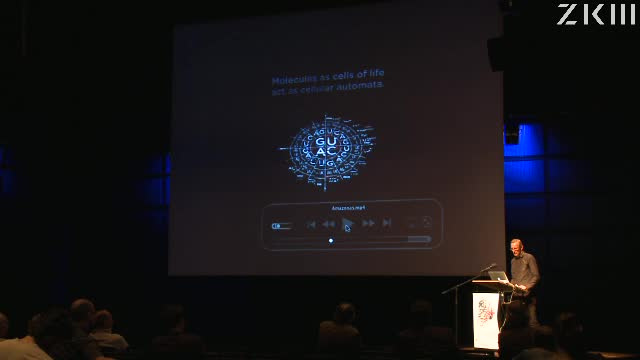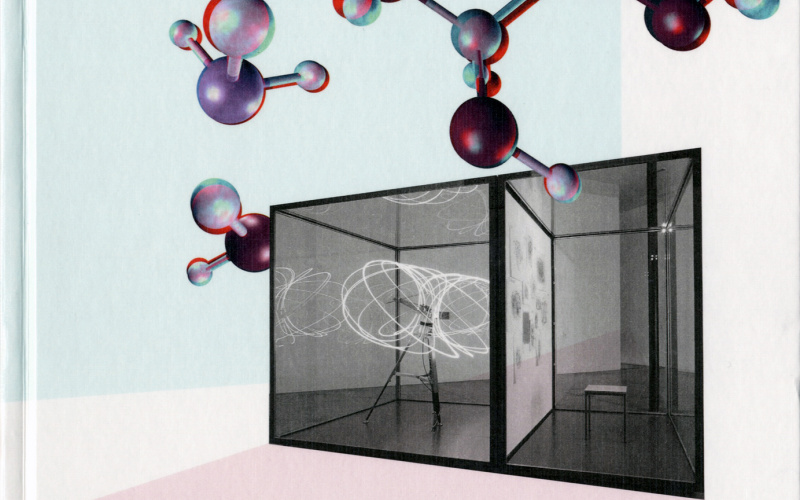Music by Cell Algorithms. Gespräch mit Jens Barth, Ludger Brümmer, Peter Weibel

- Date
- Duration
- 46:41
Description
Music is defined as time-based art. This conception is expressed by the intervall theory which is the dominant theory for Western music. On the lines of a score (invented by Guido Arezzo, 1025) notes are placed one after another as a temporal sequence. With the help of Clifford Algebra and Grassmann Vector Spaces it can be demonstrated that a single topological sequence can be transformed into different temporal sequences. By this method music becomes part of topology, space-based art. The notes of a score can be independent as points and numbers. These numbers are part of a field, topological neighbours. The Game of Life by John Conway (1970) is an ideal field to reflect this new conception of music. The Game of Life is a cellular automaton and serves as method of composition. It consists of a regular grid of cells, each in one of a finite number of states, such as "On" and "Off". The grid can be in any finite number of dimensions. For each cell, a set of cells called its neighborhood is defined relative to the specified cell. For example, the neighborhood of a cell might be defined as the set of cells a distance of 2 or less from the cell. The cells are treated as notes and can be calculated or »composed« according to the rules of the Game of Life. Naturally this process can also be interpreted in a rather free way.
Tags
- algorithm
- molecular aesthetics
- molecular science
